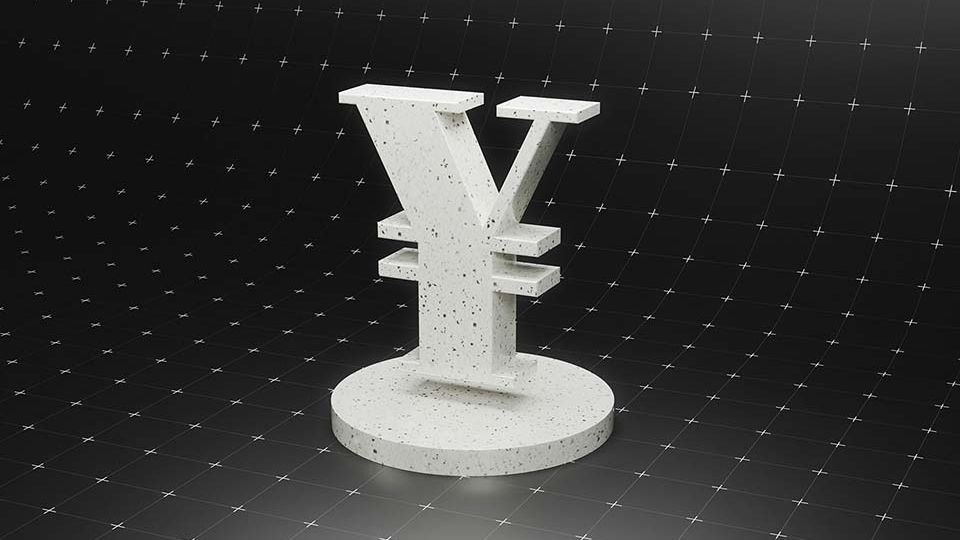August 21, 2024
TOKYO – The recovery in personal consumption is good news, but one cannot be optimistic about the future. To achieve a virtuous cycle in the economy, it is essential to maintain wage increases that outpace price hikes.
The preliminary real gross domestic product (GDP) for the April-June 2024 quarter increased by an annualized 3.1% from the previous quarter. This is the first increase in two quarters. It is largely because personal consumption, which accounts for over half of GDP, grew by 1% compared to the previous quarter — the first upward turn in five quarters.
Car sales grew significantly, accounting for about half of the increase in private consumption. Demand for air conditioners was also strong, and consumption for eating out and clothing also picked up.
Corporate capital investment, another pillar of domestic demand, also rose by 0.9%, the first increase in two quarters.
It can be said that the signs of recovery are positive factors for the Japanese economy, as there had been concerns about weak personal consumption as a result of consumers’ stronger tendency to become thrifty amid high prices.
However, the positive turnaround in consumer spending and capital investment is partly due to temporary factors such as Daihatsu Motor Co.’s resumption of vehicle shipments that had been halted due to a certification fraud problem, so vigilance must be maintained for the future.
In this year’s shunto spring wage negotiations, wages increased by the highest rate in 33 years, and real wages, excluding the impact of price fluctuations, have turned upward for the first time in two years and three months.
To realize domestic demand-led growth, it is necessary to expand consumption via high wage increases.
Meanwhile, in terms of nominal GDP, which includes the impact of price fluctuations, the annualized figure was ¥607 trillion, surpassing the ¥600 trillion mark for the first time. It took nine years to achieve the target set in 2015 by the Cabinet of then Prime Minister Shinzo Abe.
Nominal GDP exceeded ¥500 trillion in fiscal 1992. This means that it took Japan more than 30 years to increase its nominal GDP by ¥100 trillion, but during that period its economy stagnated and its nominal GDP in dollar terms was overtaken by China and Germany, falling from second in the world to fourth.
Increasing nominal GDP further is essential for Japan to maintain a high international presence.
Although Japan’s nominal GDP has reached ¥600 trillion, this is due in large part to inflation. Also, as wage hikes have not kept pace with rising prices, people do not have a real sense of wealth. The government should also squarely address this issue.
It is important to increase both nominal and real GDP, but real GDP, which excludes the impact of price fluctuations, indicates more about the actual state of the economy.
To increase real GDP, reviewing the government’s growth strategy and improving corporate productivity will be required.
In order to further return the fruits of growth through higher wages and to shift to a growth-oriented economy, it will be imperative for large companies to allow small and midsize firms to appropriately pass on increased costs through their sales prices, thereby increasing their own resources to raise wages.

